Faith, sex, and the devil are the three elements dancing around BOOM’s new erotic horror comic: Faithless. Created by Brian Azzarello (100 Bullets, Moonshine) and María Llovet (Insecto, There’s Nothing There), the series is set for a limited five-issue run and it already looks like it will settle for nothing less other than your complete attention.
Faithless is the story of a woman called Faith who finds in sex, and an innocent curiosity in the occult, a path that leads to darkness and the supernatural. Faith meets a mysterious woman that offers to expand her sexual horizons only to opens doors that bring as many pleasures as it does horrors.
Azzarello and Llovet seem to be interested in approaching sexuality as more than just a narrative indulgence. I had a chance to read the series’ first entry and immediately found that a decision was made to filter sex through erotica, a more intricate and layered form of sexual storytelling. It allows the creative team to fully explore the many dimensions behind sexual behavior. This makes Maria Llovet’s presence in the comic all the more exciting.
Llovet, who is based out of Barcelona, is already considered an important voice in comics erotica, and not just by following in the footsteps of Milo Manara and Guido Crepax. Comics like Heartbeat (2015) and Heartbreaker II (2017) stand as perfect examples of her own contributions to erotica by representing sex as a kind of language that can be as dangerous as it can be freeing. Her work builds upon said language while simultaneously saying new things about well-worn ideas in the process, especially on the types of personalities sex creates.
Faithless #1 showcases Azzarello’s masterful approach to character development. Each panel has meaning and adds to Faith’s slow but eager descent into an unexpected kind of hell. Needless to say, Llovet and Azzarello are the perfect fit for this story.
I had a chance to talk sex, devils, and comics with Brian Azzarello and executive editor Sierra Hahn in anticipation of the first issue’s release. You can find the interview below along with an exclusive preview of Faithless #2.
Ricardo Serrano: Let’s start with this sinister blend of sex, faith, and the Devil. You say this will follow in the tradition of the Divine Comedy. Do you mean it in terms of structure or are you looking to bring certain things from that book into Faithless?
Brian Azzarello: Just elements of what it’s about, not the structure necessarily. It’s more about the journey.
Sierra Hahn: It’s more of a thematic journey. I’m not saying a journey to Hell because we’re not going to Hell, but it’s definitely a journey of exploration that Faith is going through that takes her from the light into the dark and wherever she goes next after that.
Serrano: It does feel like a journey, and the story feels like it’ll take its time unraveling. Do you see yourself experimenting with the series to see if it stretches beyond its conclusion or is the endgame absolutely set?
Azzarello: I don’t start a story unless I know where it’s going. It’s good for writing a novel maybe, not knowing how it all fits together from the beginning, but comics is limited real estate and so I gotta know where it ends.
Hahn: I wouldn’t acquire a book without knowing where it ends or where it’s going. As an editor, I need to know what the destination is and whether that destination might change or evolve along the way. And that can work organically, especially if you have a great relationship with your writer and your cartoonist and then you intuitively go on that journey together. Because there are so many different elements that pop up each issue, some very subtle and some very overt, I think it’s just a matter of Brian and I talking over the phone on where certain things going. So he kind of paints a portrait for me that I can then process and be an advocate of or a guide to. Sometimes it results in becoming a guide for María, where we discuss things from the script that I might have some insight on just because Brian and I have been talking about the story for so long.
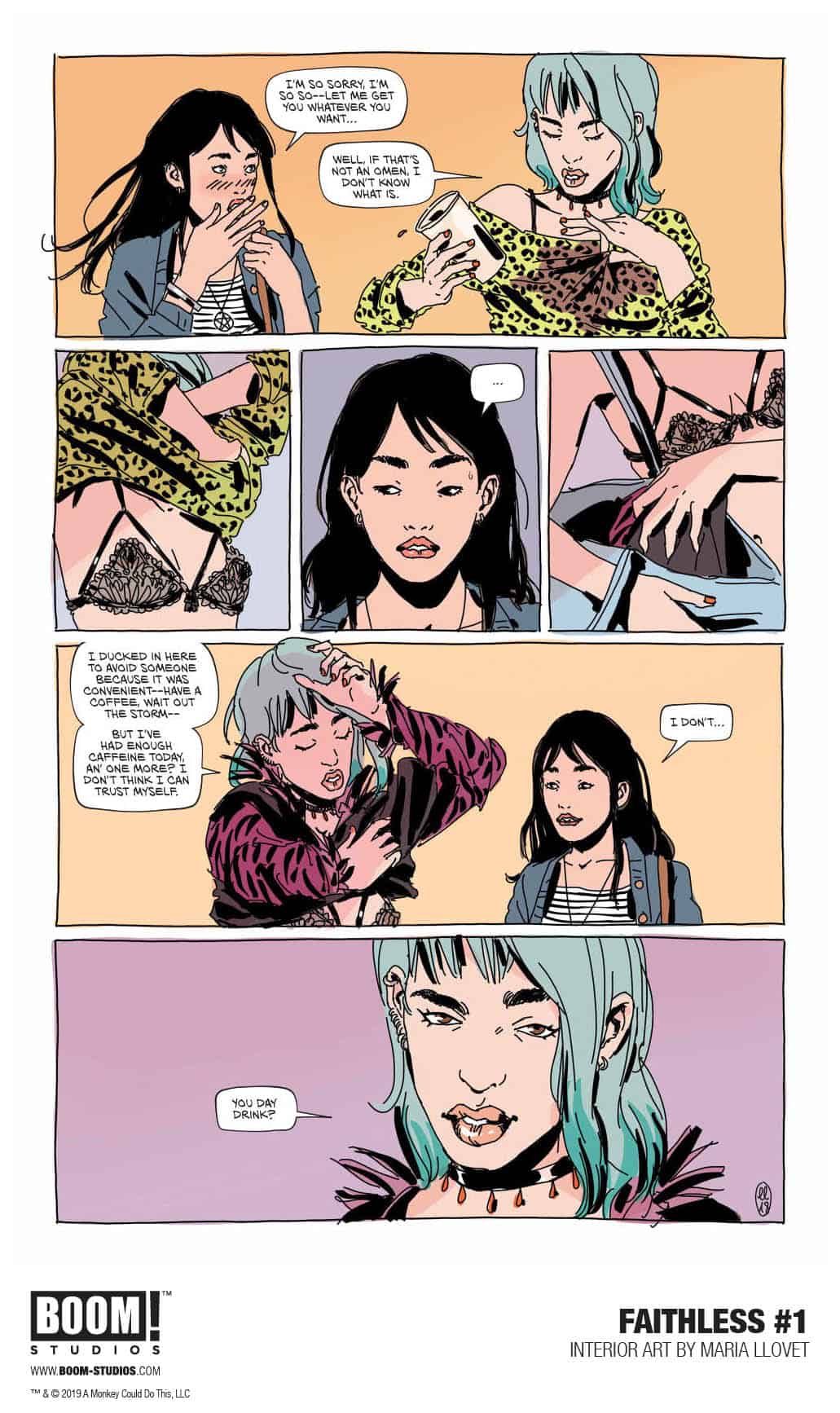
Azzarello: Just the fact that you ask that question shows that sex in comics is still taboo, but that’s something we wanted to explore. Do you really think Game of Thrones is erotic? I mean, it’s got nudity and sex in it, but it’s not necessarily erotic.
Serrano: Wait, I said it made it more mainstream, but I see what you mean.
Azzarello: I see the sex in Game of Thrones as more violent. We’re not doing GoT. But definitely the taboo aspect about it is something I’m more interested in. I like pushing the boundaries, pushing myself with the things I’m engaging in. Pushing my own boundaries. This book is definitely doing that.
Serrano: And it feels like sex in Faithless is there in favor of pushing the narrative. It didn’t feel gratuitous at all. And I ask the question because when you look at erotic comics from Europe, in France and Italy, even Japan, it’s a different dynamic. The conversation is different. It doesn’t feel like it’s news because it’s erotic. It’s mostly still about the story.
Azzarello: Well I don’t know, some Japanese stories make my stuff look like Kindergarten.
Hahn: It’s like a genre on top of a genre on top of a genre.
Serrano: Did you look at these European and Japanese comics while writing Faithless?
Azzarello: The European stuff is something I look at regularly. I travel to Europe a lot and I’m always picking up that kind of stuff. You’re right, there’s a different sort of mindset with what’s taboo and what’s not. In Europe they ask me about the violence in our comics. They shake their heads at it.
Hahn: I’ve always wanted to explore an original book that deals with human sexuality in interesting ways, that isn’t afraid of the human form, that isn’t afraid of showcasing different or often overlooked aspects of sex. Overseeing the Archaia imprint here at BOOM I’ve been involved in presenting and seeing stories presented internationally in a beautiful and positive way that just because people tend to label them as European they don’t see them as taboo. But in the American market and the direct market it’s seen as titillating and sexy and a little dark and a little edgy, and that’s exciting to me because you get to break some barriers, if there are some barriers to be broken. But I think that’s largely inspired, for me, by European comics and trying to defuse our inherent American fear of sex and the female form especially.
Serrano: It’s interesting, then, that María Llovet is illustrating the comic, an incredible illustrator from Barcelona that has spoken in other interviews about Milo Manara and Crepax as influences. How has having her on the team influenced the development of the story?
Azzarello: Oh boy. When she came on board, I was lot less apprehensive about the story. I was really very happy when she agreed to do it. When she showed me her samples and I immediately knew that she was the right person for this story. I didn’t even need to see anybody else. She’s great. I mean, beforehand I didn’t know how it was going to look. When I write the script, I don’t exactly know how it’s all going to look. María came in and added so much to it. So I was happy she took on the project.
Hahn: Brian’s scripts are really open and that gave María room to explore and bring a lot of her own ideas to the page. When I first saw her work, I hadn’t done a deep dive into her material, but after I did it felt like destiny brought us together. It felt like this was supposed to come together, especially with María’s interest in erotica in her work. It was meant to be.
Serrano: Thanks for chat!
Azzarello: Thanks, Ricky.
Hahn: Thanks!
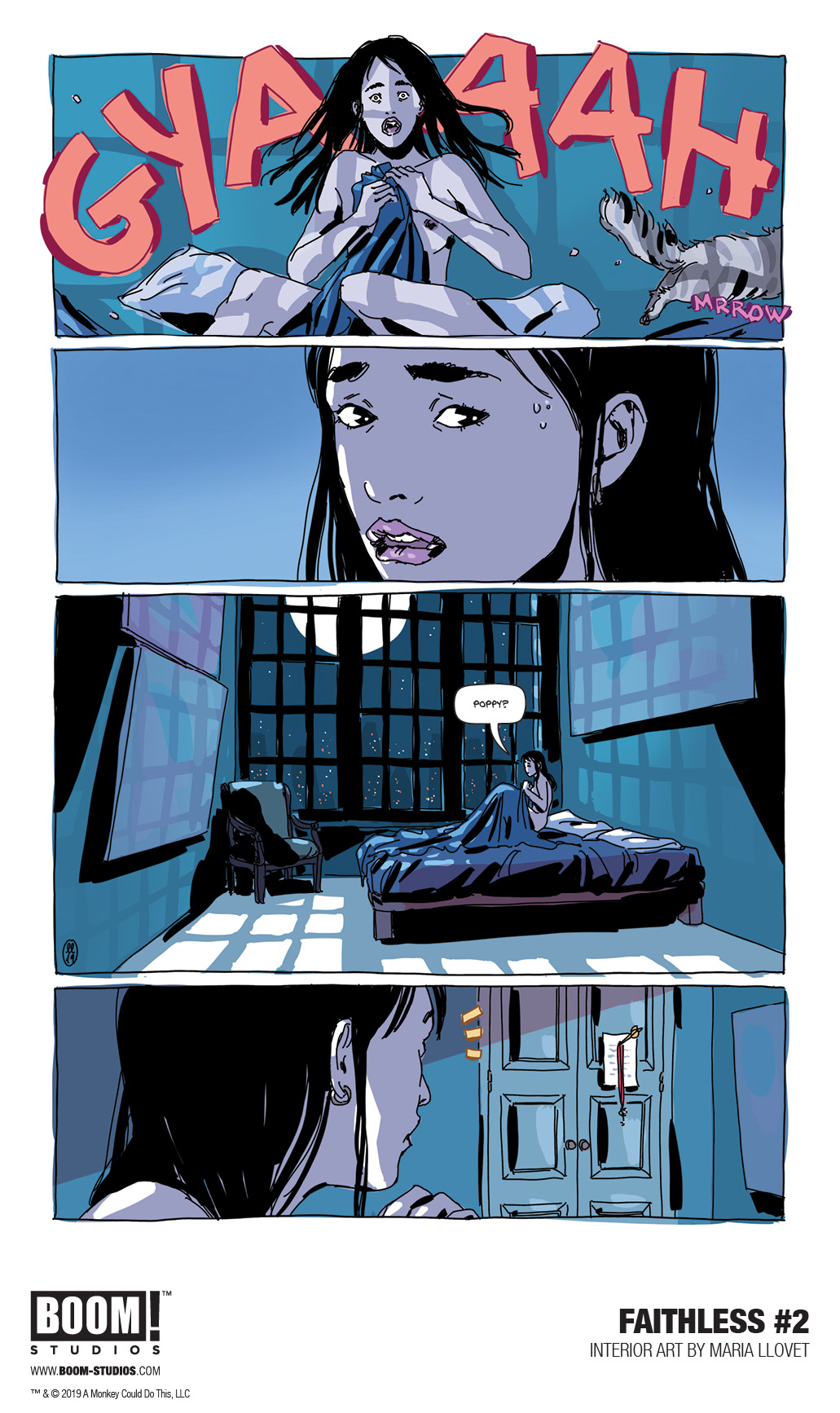
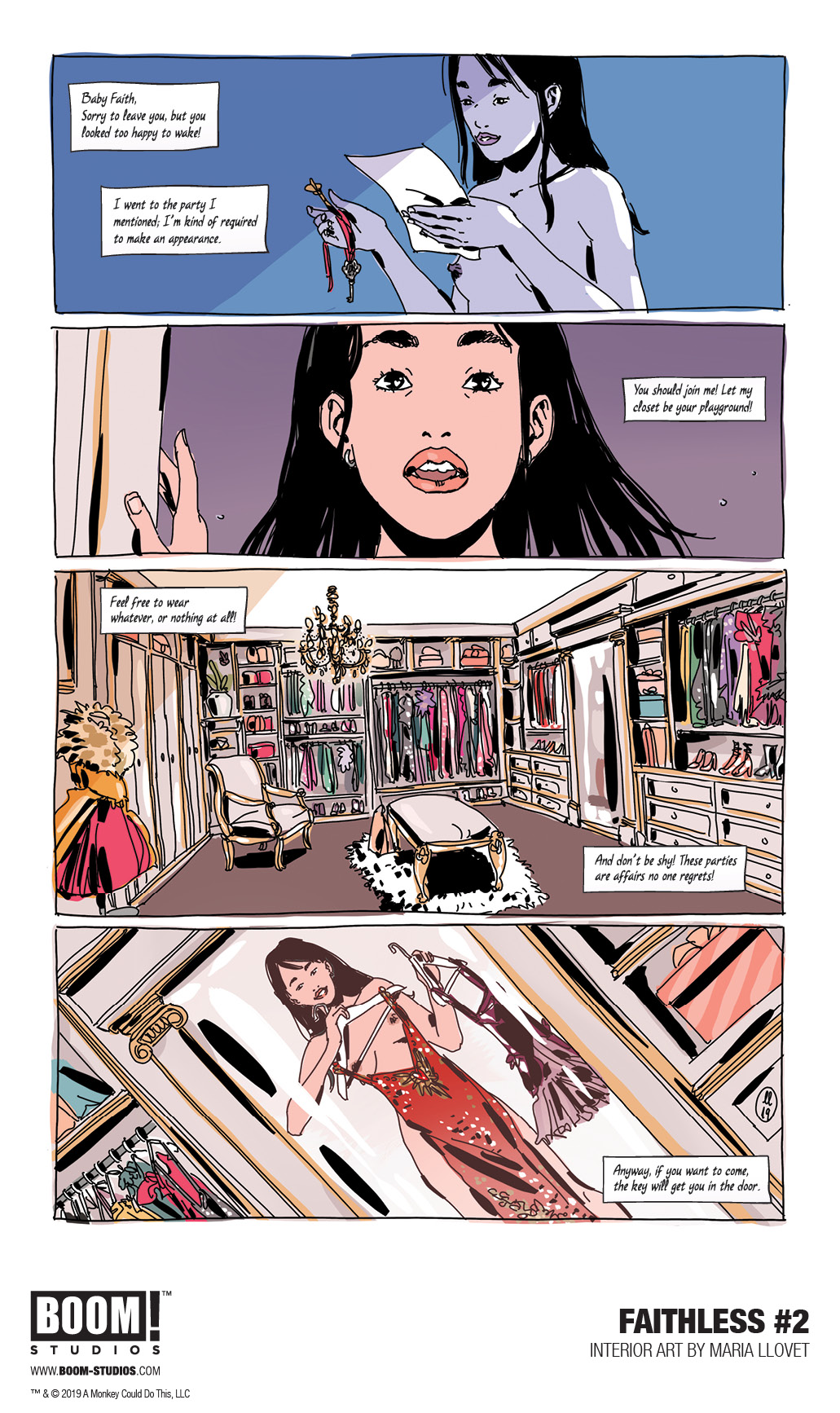
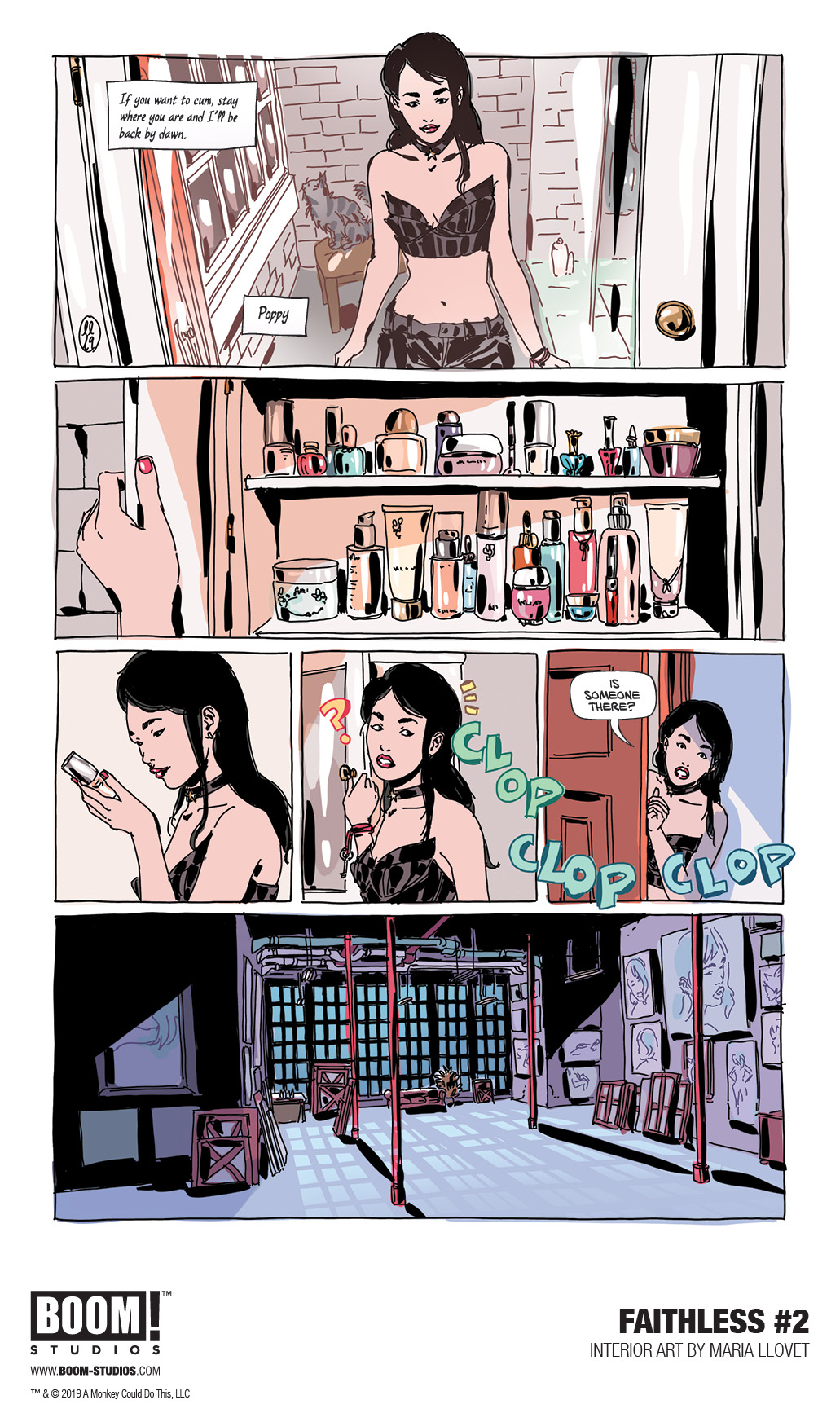
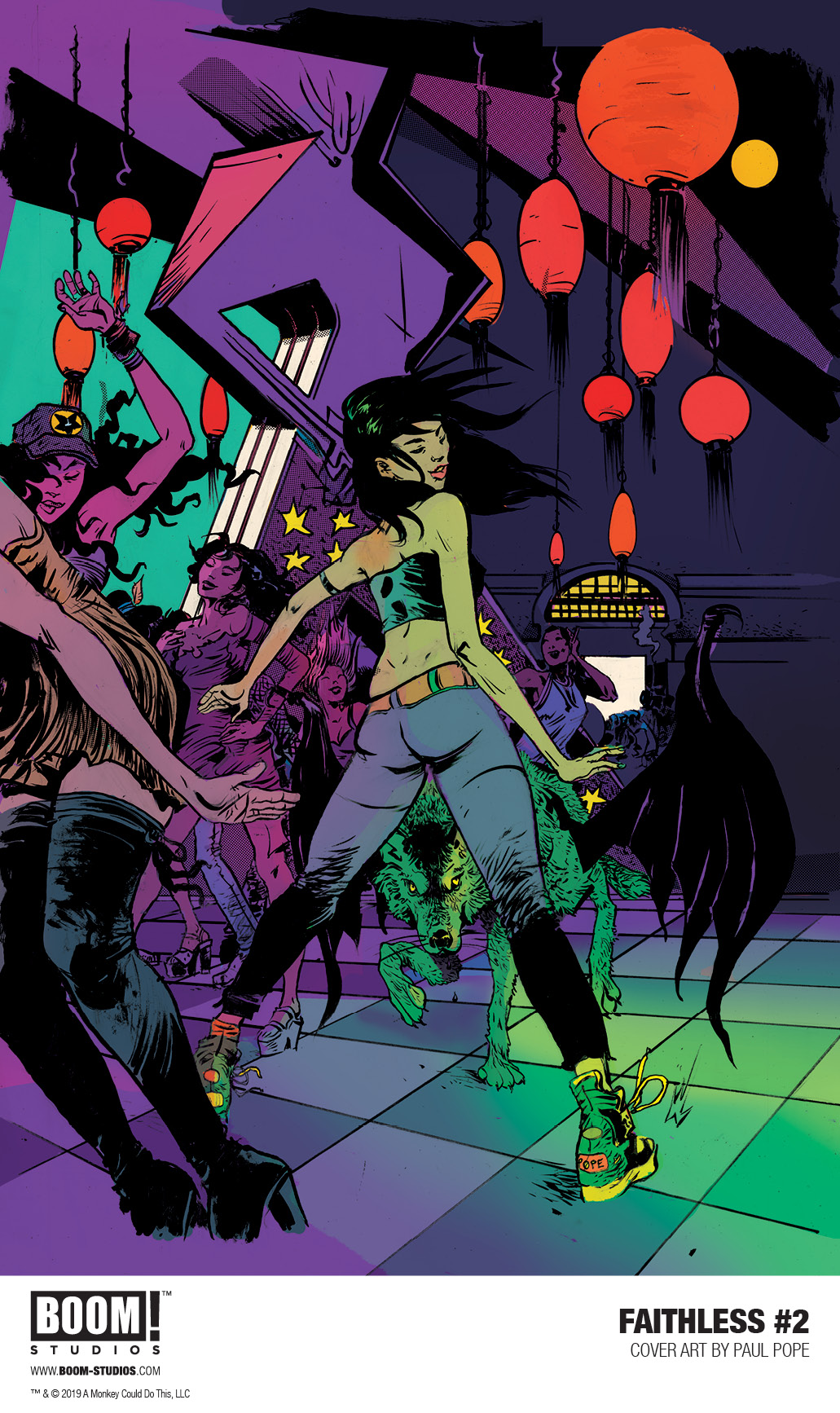


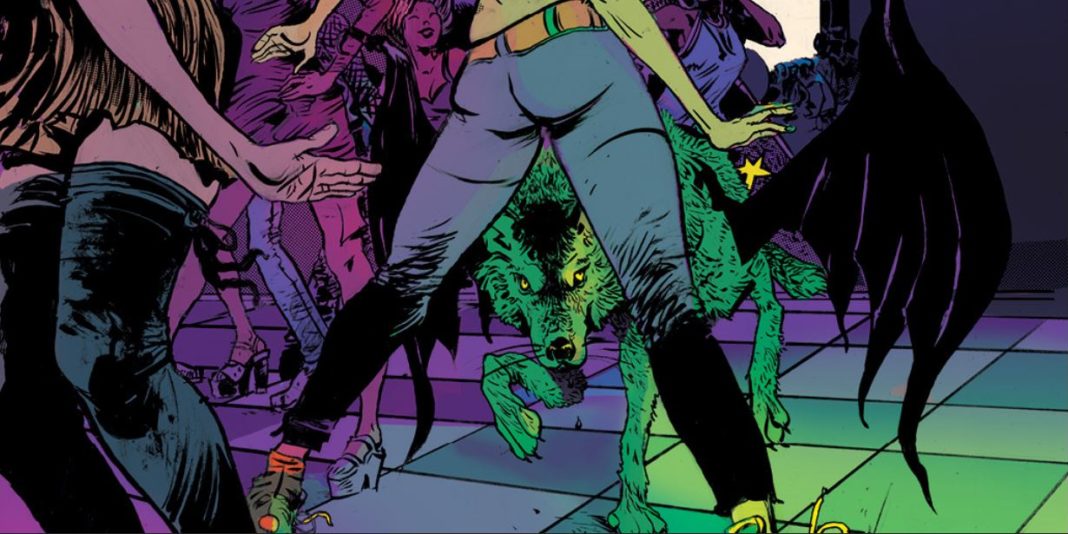

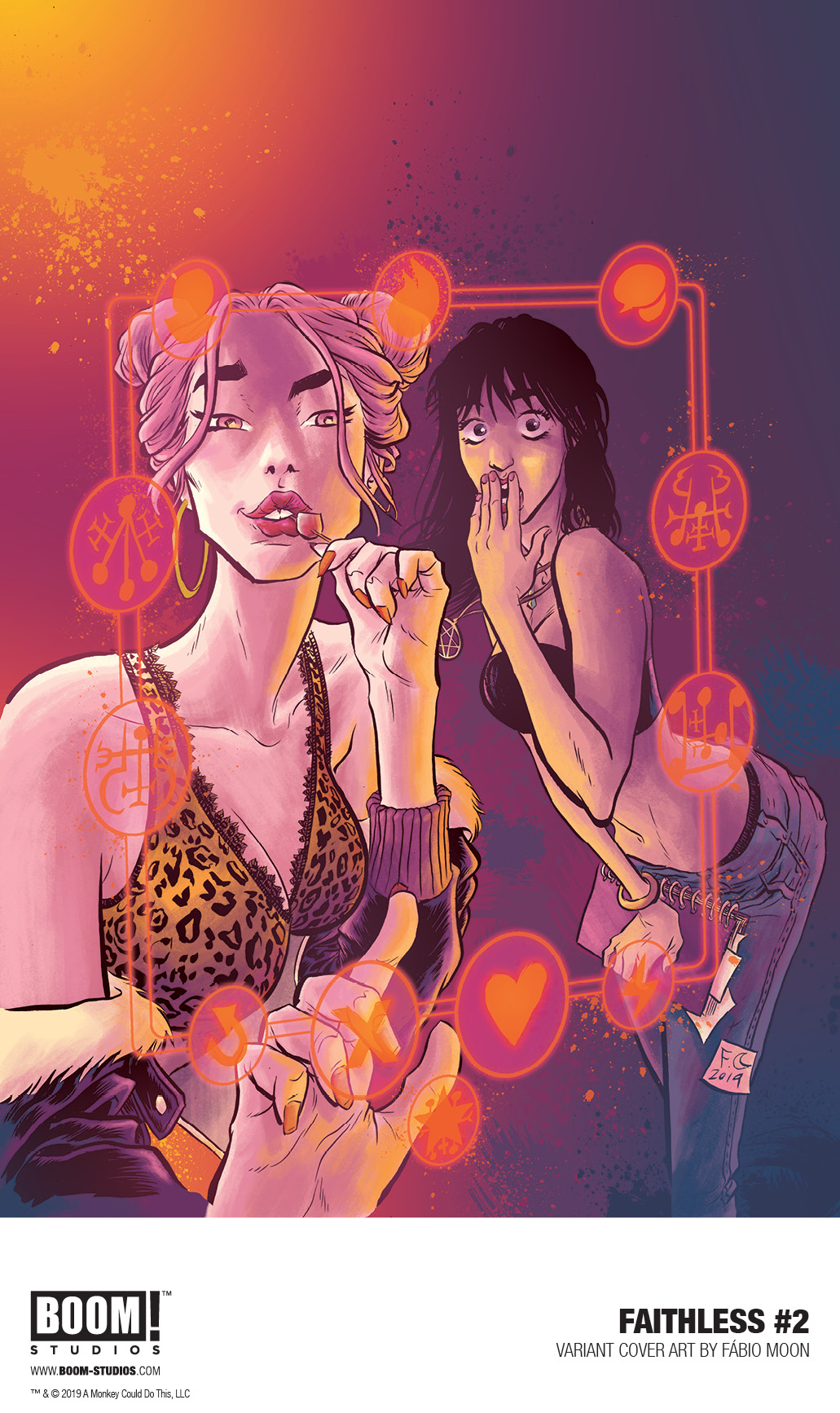

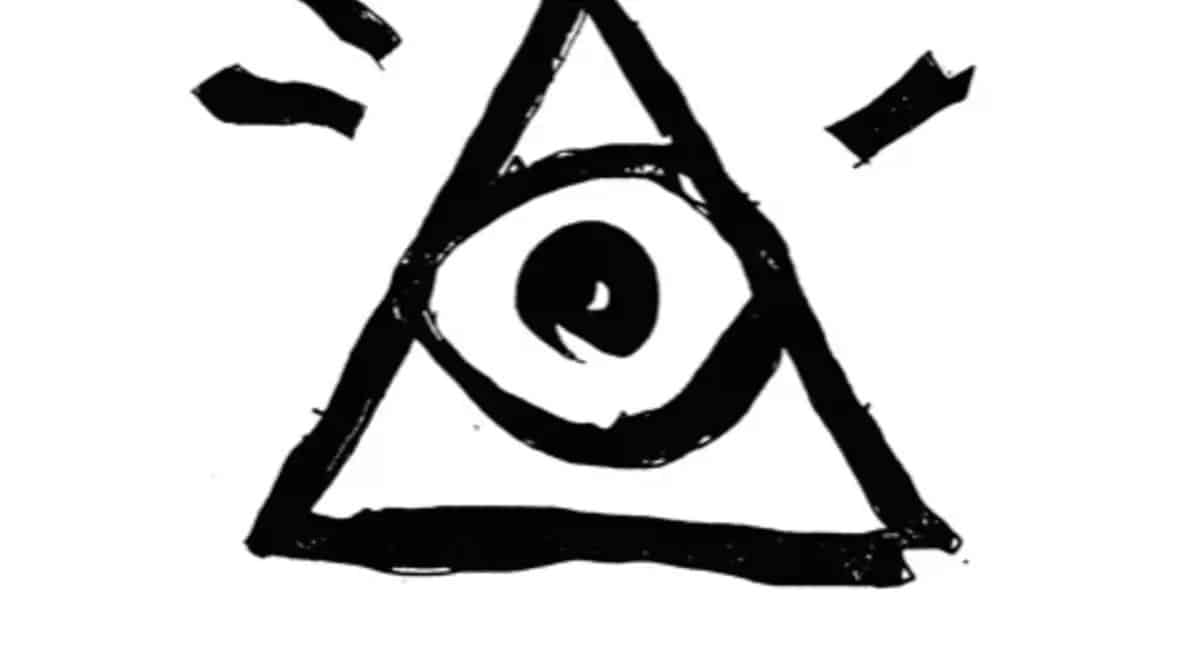
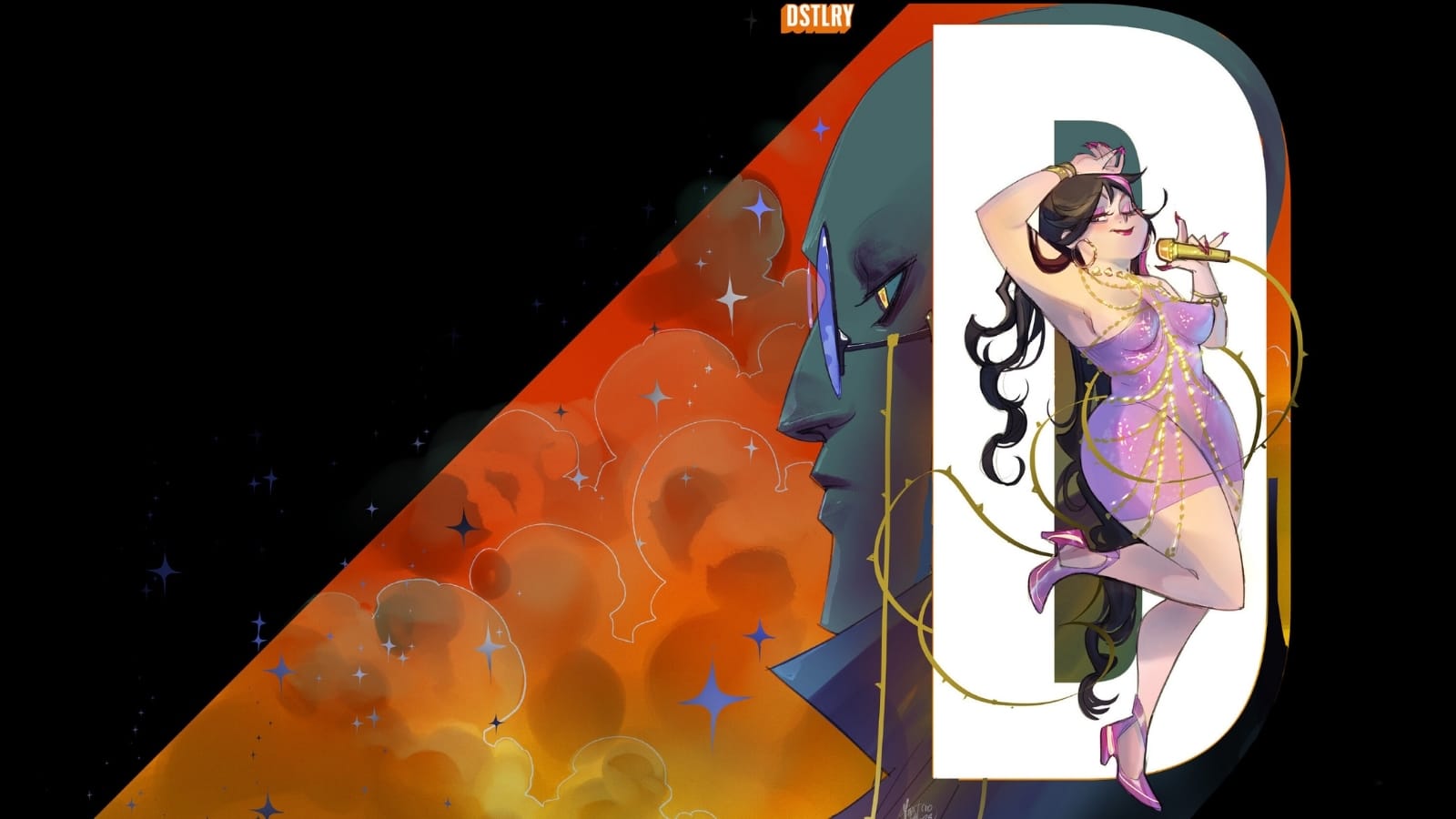


Comments are closed.